Part 52: Turn 8 - Axis Combat Phase

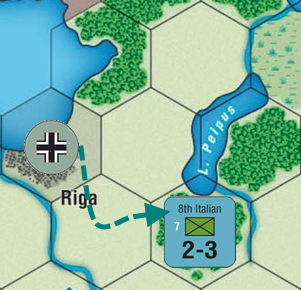
Col. Omobono's Italians stroll at a leisurely pace towards the front line, hoping to reach it in time for them to have something to do.
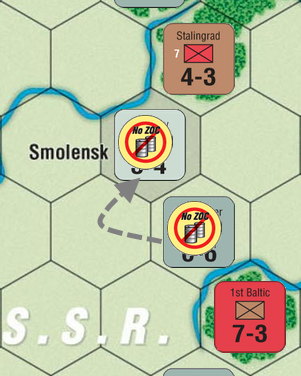
Around Smolensk, the positions of Army Group Tiger's Heart suffer from severe communication breakdowns as unseasonal weather plagues their movements and supply shipments from Smolensk are hindered by the aviation, artillery and raids of the Soviet Stalingrad Front. In order to re-establish the lines of communication, the 9th Army is ordered to return to the city. The Germans deploy a few new fighter squadrons to the area in order to contain the Red Army air force.
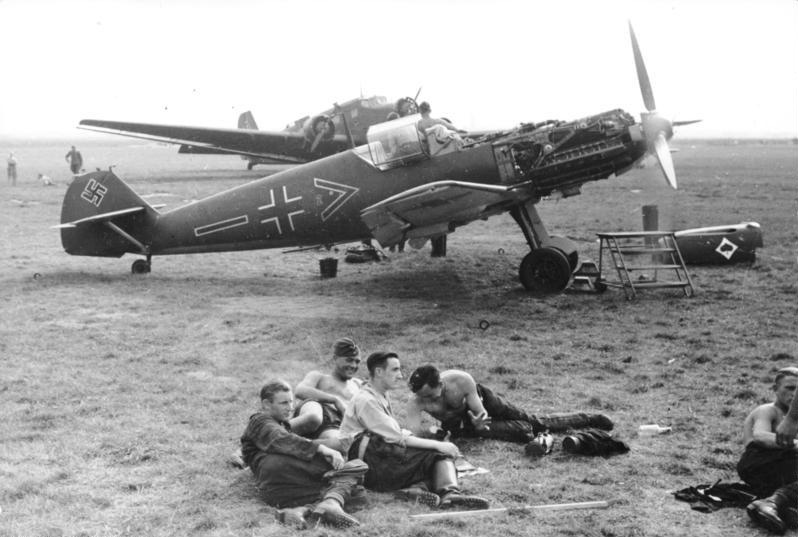
The most frequently encountered German fighter of World War II was the Messerschmitt Bf 109. Introduced in 1937, it proved reliable, fast and well-armed in the Spanish Civil War. As years passed by, this was less and less the case, which is why the Germans kept releasing upgraded versions. Originally intended as an interceptor, the Bf 109 was used in many different roles, not all of which it was perfectly suited to - it was an escort fighter during the Battle of Britain, a fighter-bomber during the Fall of France, sometimes it was a night fighter, and at other times a ground attack or recon plane. It was thus the most-produced German fighter of the war, with nearly 40 000 planes built until the end of the war, and the development of new versions continued apace - all this in spite of Willy Messerschmitt never willing to co-operate with other aircraft designers and him gleefully syphoning off resources and materials for private purposes.
It was a very good plane, although later on surpassed by most Western Allied designs (less to Soviet ones). Due to how many Bf 109s there were, it stands to reason that it racked up immense numbers of kills. During Barbarossa, just seven fighter wings accounted for nearly 7,500 air victories on the Eastern Front, losing some 350 planes in the process (21:1 KDR). Finnish Bf 109Gs shot down 25 Soviet planes for each own plane lost. More planes were shot down by the Bf 109 than by any other plane.
Down south, the Germans make limited moves to better prepare themselves for new offensives. They also attempt to contain the Soviet push out of the Crimea, preventing it from enveloping Dnepropetrovsk.
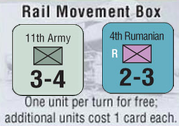
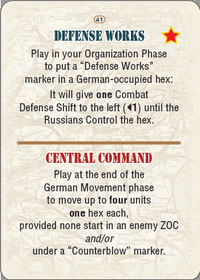
The newly reformed 11th Army and 4th Rumanian Army are prepared to be shipped to the front.
The Axis discard Defense Works to place 4th Rumanian into the Rail Movement Box.

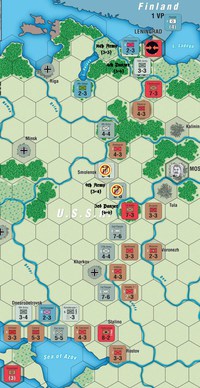
I need Logicone to place up to 5 Target markers on hexes he wishes to attack. Once he's done with that, Fangz may discard the card in his hand to place a Counterblow marker. After he decides whether he wants to or not, Logicone may commit cards and Blitz! markers to specific combats, followed by Fangz doing the same. In the meantime, Axis commanders decide which units attack which target/counterblow hexes (if there is any possibility of choice, by default I assume all able units attack, if there is only one hex next to them). The Axis also declare where they would want to advance after the combat, while the Soviets choose if they will accept a CA and where they want to withdraw.
The deadline for this is Saturday, February 8, 8 PM GMT.